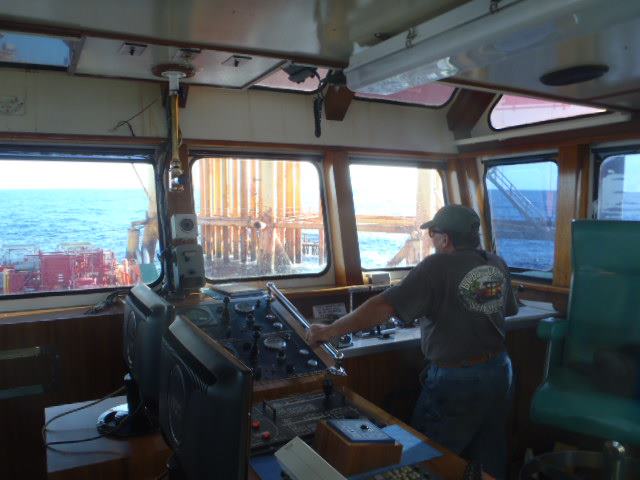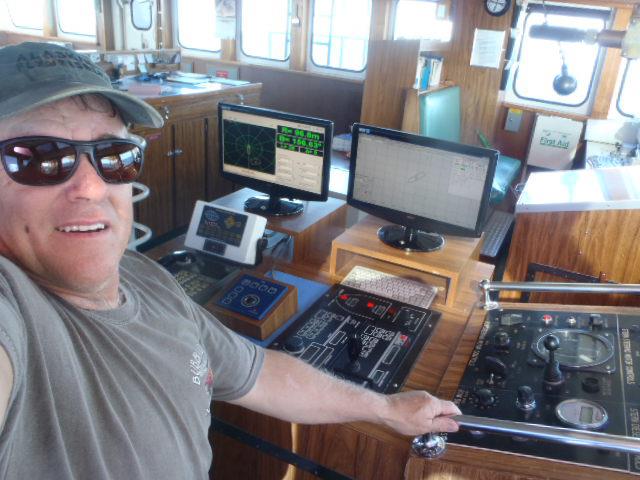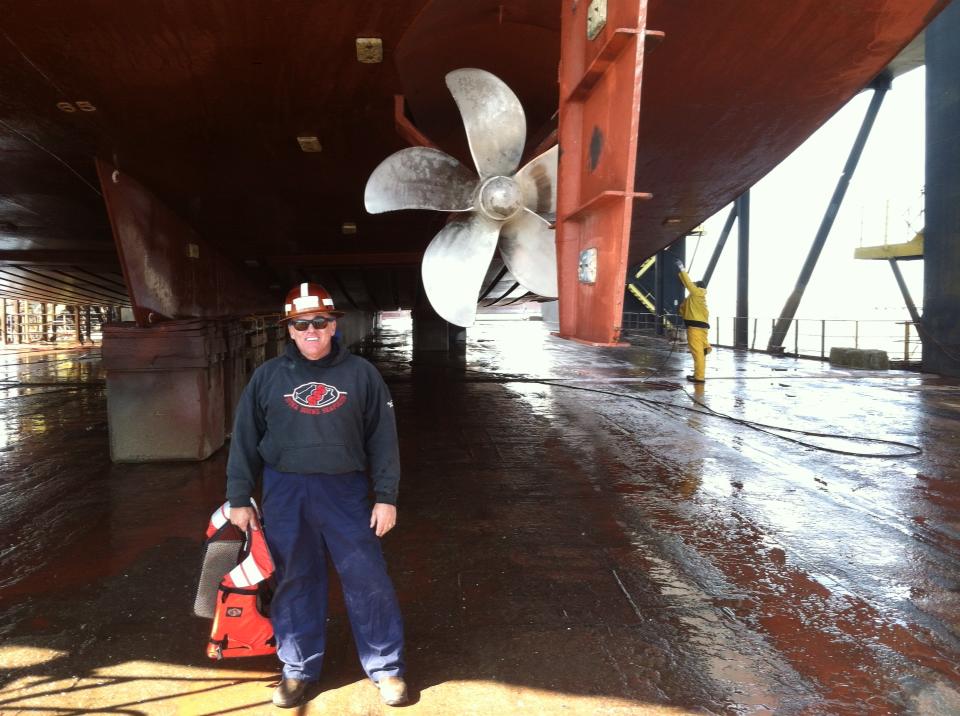The ocean is changing faster than the laws that govern it.
Autonomous and unmanned vessels, once science fiction, are now sailing alongside traditional ships. But as technology advances, so does confusion — who’s responsible when no one’s onboard?
Understanding the rules for autonomous and unmanned ship compliance vessels is no longer optional. It’s critical for shipowners, operators, and insurers to stay compliant and avoid costly disputes.
Let’s break down how the law views crewless navigation, where the International Maritime Organization (IMO) stands, and what risks must be managed before these vessels dominate the seas.
What Are Autonomous and Unmanned Vessels?
Autonomous and unmanned vessels, often called MASS (Maritime Autonomous Surface Ships), are ships operated either fully automatically or remotely from shore.
They rely on sensors, AI systems, and satellite communication to navigate, detect obstacles, and perform functions traditionally handled by crew.
MASS operations are typically divided into four levels:
Level
| Control Type
| Crew Presence
|
1
| Automated but crew on board
| Human oversight on-site
|
2
| Remotely controlled with crew on board
| Manual override possible
|
3
| Remotely controlled with no crew
| Fully remote supervision
|
4
| Fully autonomous
| No human involvement during voyage
|
The Current Legal Landscape — What the IMO MASS guidelines Says
The International Maritime Organization (IMO) leads global discussions on regulations autonomous vessel regulation through its MASS Code, set for adoption by 2025–2026.
Until then, existing laws like SOLAS, COLREGs, and MARPOL still apply — even though they were written for crewed ships.
That means if an unmanned vessel collides, pollutes, or violates a safety standard, traditional liability principles still hold — but enforcement can get complicated.
Key IMO Focus Areas:
- Safe navigation and collision avoidance under COLREGs
- Remote operator qualifications and accountability
- Communication reliability and cybersecurity
- Emergency intervention procedures for unmanned ships
Compliance Challenges for Unmanned Vessel Owners
Operating an unmanned or autonomous ship involves a new layer of risk — legal, technical, and ethical.
Some of the top compliance challenges include:
- Defining “master” and “crew” in unmanned contexts
- Ensuring real-time communication between shore control and vessel systems
- Meeting MARPOL pollution control obligations without onboard personnel
- Handling liability when navigation errors come from software, not humans
A 2024 maritime technology survey found that 62% of shipowners were unsure which international laws apply to fully autonomous voyages — proving how complex this transition is.
Liability and Risk — Who’s at Fault When No One’s Aboard?
This is the biggest question in autonomous shipping.
When a MASS collides or damages cargo, liability could fall on:
- The shipowner, for operational oversight
- The remote operator, for control errors
- The software developer, if coding flaws caused the incident
Until clear global standards exist, most maritime lawyers recommend shared liability models — supported by detailed operational logs and autonomous system audit trails.
Steps for Legal Readiness
To stay ahead of changing maritime autonomy laws, companies should:
- Conduct pre-deployment legal audits covering compliance with SOLAS, COLREGs, and MARPOL.
- Maintain digital logbooks for AI and remote-control actions.
- Insure against cyber and operational risks.
- Train remote operators to IMO-approved standards once the MASS Code is formalized.
- Monitor ongoing IMO and flag state updates — compliance remote vessel operation rules are still evolving.
The Bottom Line
Autonomous shipping is the future, but without proper oversight, it risks becoming a legal minefield.
The transition from crewed to unmanned operations demands new definitions of responsibility, updated compliance systems, and strong digital accountability.
Because in maritime law, even if there’s no captain on deck — someone still has to answer for the voyage.






